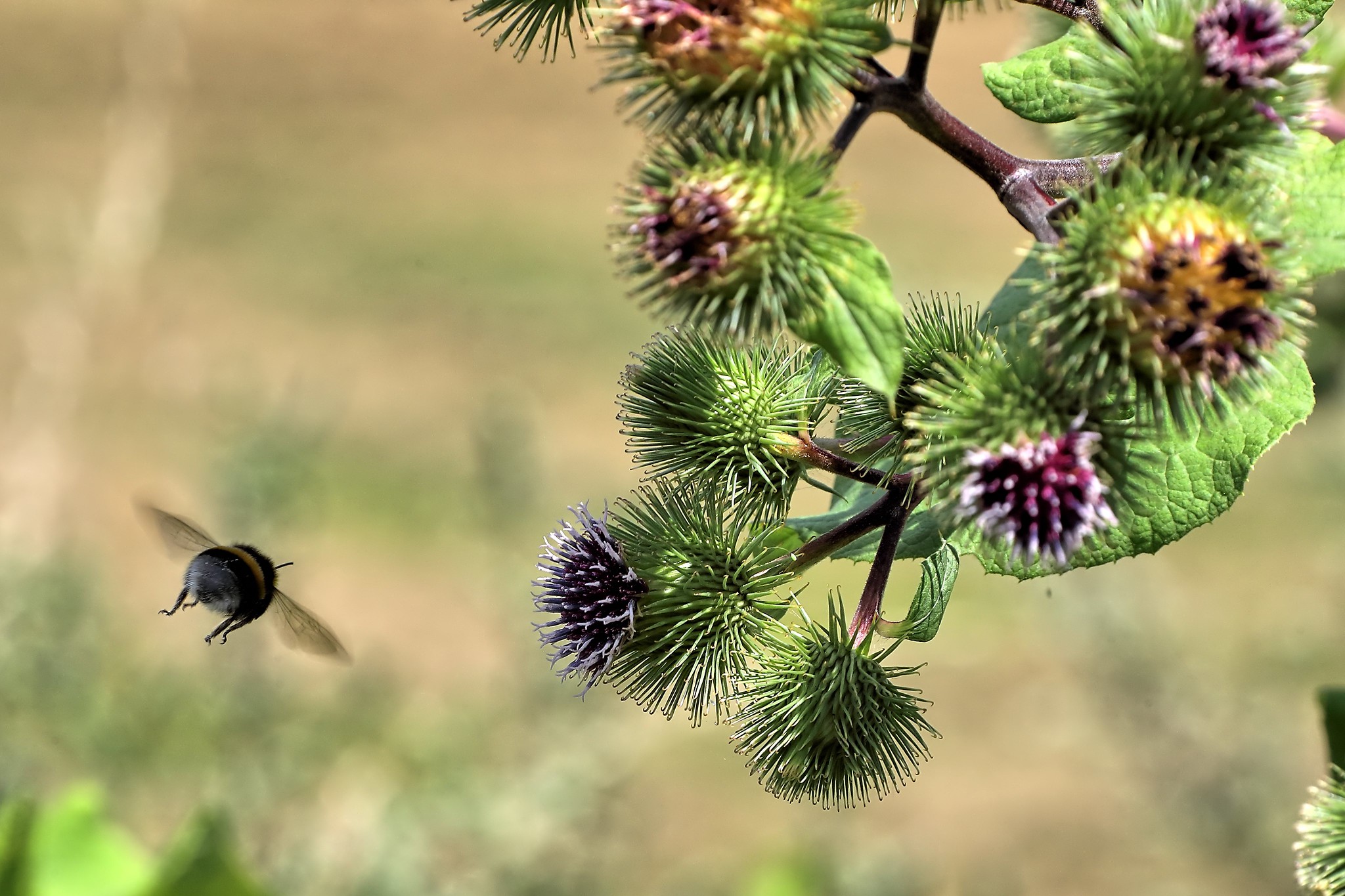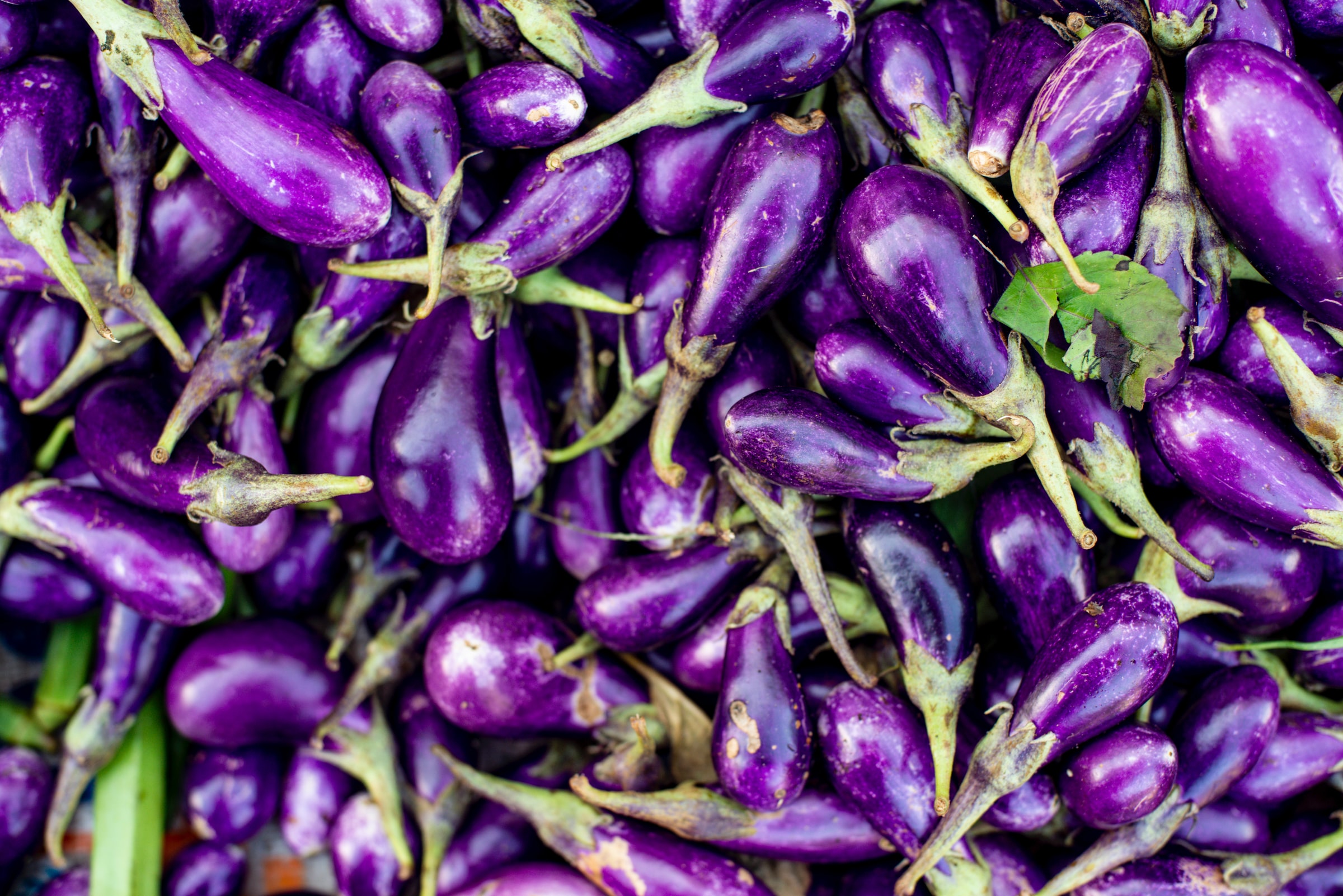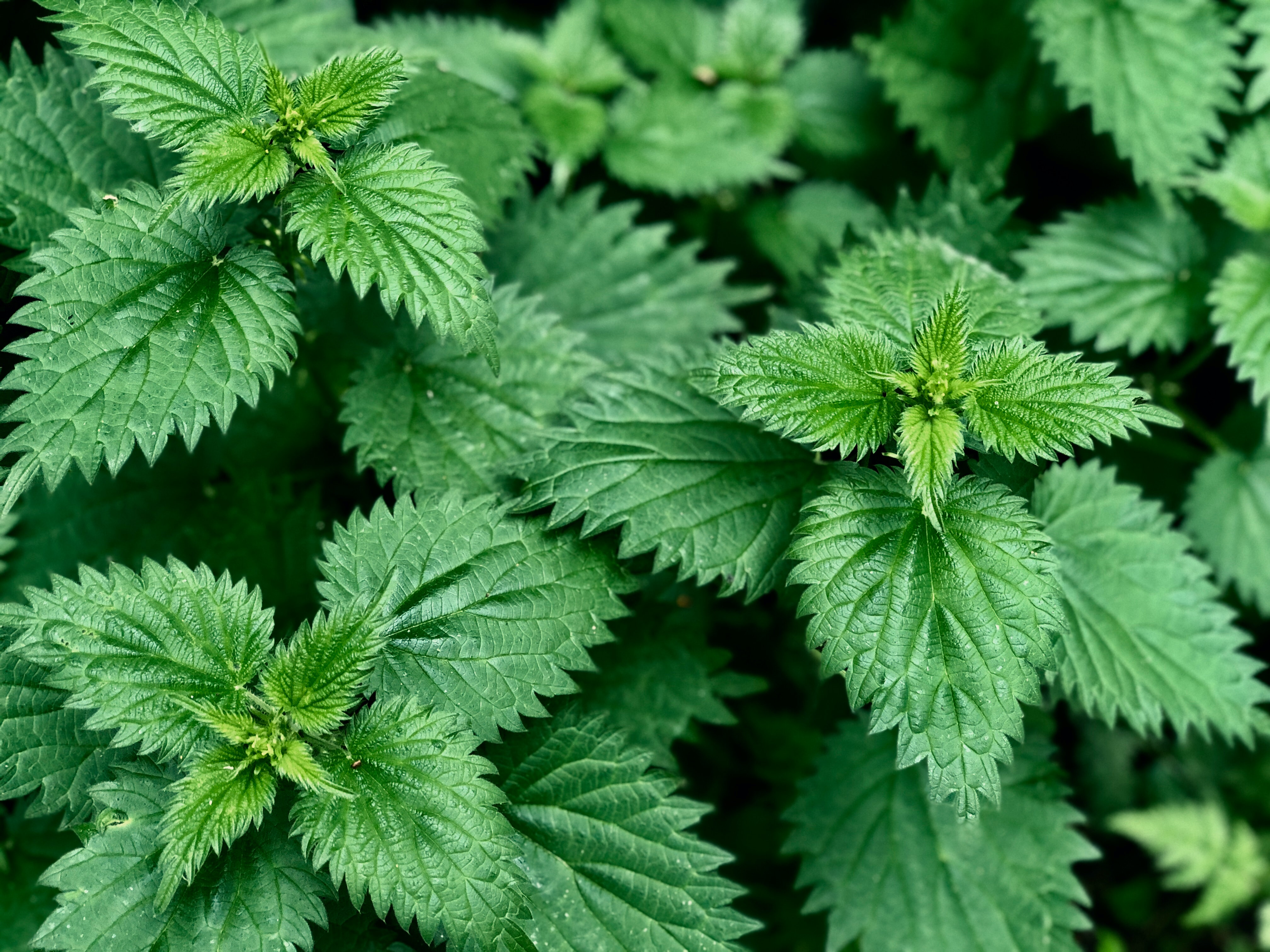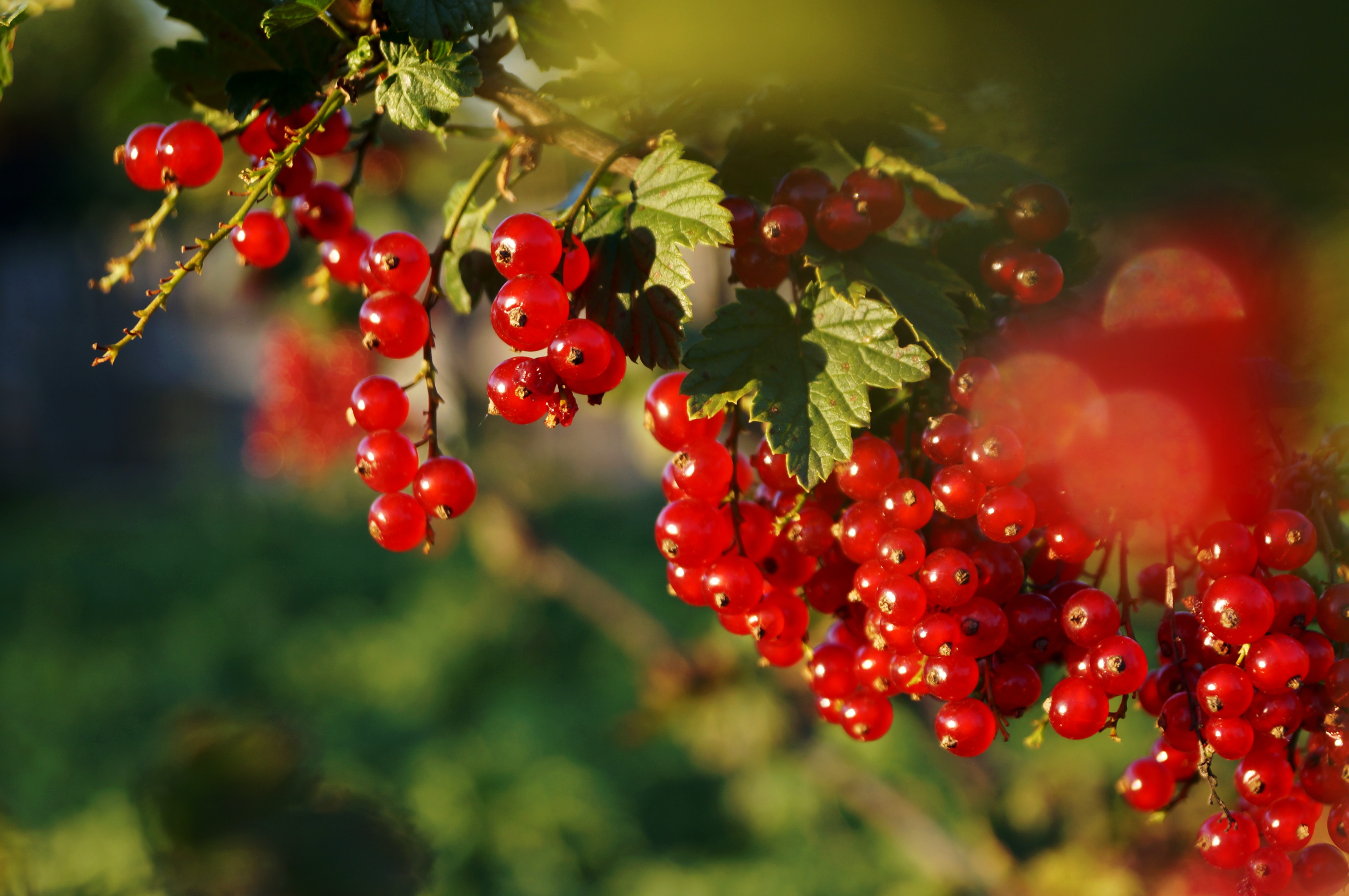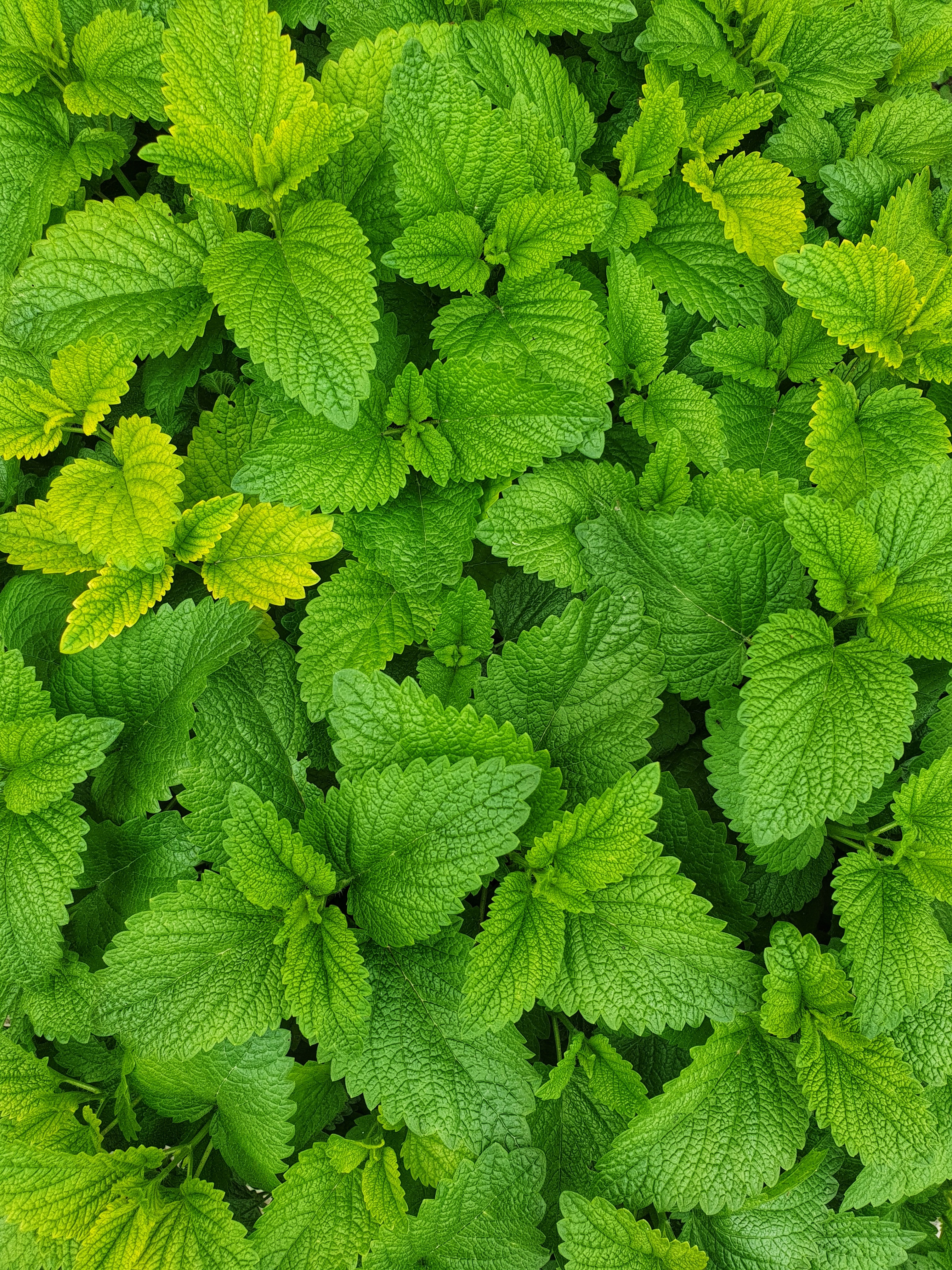
All East Asian cuisines have a few common features. Apart from a universal love for soy sauce, which is always used in smaller or larger quantities, another denominator would be the popularity of edible wild plants, such as bracken crosiers (young shoots), lily flowers, lily bulbs and burdock root. Most Europeans who visit Japan or Korea are surprised by the locals’ reverence towards good old burdock. We consider it ordinary and inconspicuous. There are four different species of burdock in Poland, the most common one being greater burdock, Arctium lappa. The genus has an unfortunate name, since in southern Poland it is also used to describe another plant with large leaves: butterbur (especially the largest kind, pink butterbur, Petasites officinalis). Regular, botanical burdock is a biennial plant with a straight root that can grow up to a metre or two long, while butterbur produces horizontal, branched out rhizomes. Although their leaves are quite similar, those of the butterbur are rounder, while burdock leaves tend to be slightly elongated. The latter also has characteristic fruits, sometimes called beggar’s buttons.
Burdock root is edible. However, just like most biennial vegetables, it should be harvested in the autumn of the first year of growth or in the spring of the second year, before its flower stalk develops. Once the flowers appears, the roots become empty, hard and unsavoury.
Just like topinambur tubers, burdock root contains inulin, a polysaccharide composed of many fructose molecules bonded together. Our body does not produce the enzymes needed to decompose inulin into fructose (although it easily decomposes starch into glucose), which is why eating raw burdock or topinambur usually results in excessive intestinal gases. Flatulence is caused by the inulin that becomes a nutrient for the usually beneficial bacteria in our large intestine. Thus, it’s much wiser to roast or braise burdock root over high heat than to eat it raw, since both processing methods decompose inulin (boiling the roots its also an option, but it takes a few hours).
Fried burdock root is a traditional Japanese dish (see recipe below). I once tried another kind of burdock dish in a secluded Chinese village in the Qinling mountains (Shaanxi province). My hostess first soaked the roots in a brook (it improves their taste), then cooked them in pork rib stew at a simmer. The Chinese call this plant niubangzi, which means ‘fat cow’, because the aerial parts of burdock are fed to cows to fatten them up.
In South Korea, beverages infused with burdock root can be found in every corner store. Dandelion and burdock drinks are also produced in the UK. The extracted infusion used to be fermented with molasses to make a sort of refreshing mead (so-called burdock and dandelion beer); these days, it is sold as a soft drink.
What’s more, burdock is also present in traditional Polish cuisine. Unlike East Asians, however, the landed gentry of the Podlasie region harvested young petioles in the first weeks of May and pickled them like cucumbers. Sometimes bread was baked on burdock leaves. The plant was also believed to have protective powers in Polish folk culture and was left under roof thatch on St. John’s Eve in many different regions of Poland. As the Lviv ethnologist Adam Fischer wrote in his dictionary (his notes were discovered and published as Fischer’s Dictionary): “In the Cracow region folks say that St. John’s severed head landed among sagebrush and burdock, which is why both plants have healing powers. According to other stories from the Radomskie region, the Virgin Mary used sagebrush and burdock to attach the Saint’s head back to his body.”
In herbal medicine, burdock is used for its cholagic, diaphoretic and antibacterial properties; it is also anti-inflammatory and anti-fungal. Burdock leaves were used as compresses to soothe aching organs – they could be wrapped around the head or the stomach. In Chinese medicine, burdock seeds improve the qi of the liver, whereas the roots are considered a healing food that helps remove any excess heat from the body and flushes out toxins.
Kinpira gobo
金平牛蒡 – literally ‘golden flat burdock’
1 burdock root, whole 1 large carrot 1 tbsp sake 1 tbsp mirin wine 1 tbsp soy sauce A pinch of chilli 1 tbsp sugar Sesame oil
Cut the root lengthwise in 2-4 parts and soak them in cold water for several (or 10-odd) hours, then scrape them. The soaking improves the plant’s taste and removes its slight tang. If the root is very thick and rough, you can peel it. Cut both burdock and carrot into very thin fries, 5-10 millimetres wide, 3-5 millimetres thick and 4-5 centimetres long. Pre-heat a few tablespoons of sesame oil in a skillet and throw in the burdock. Braise until it slightly softens (its texture should resemble raw carrots). Then add the carrot. Braise for a few more minutes. Add the soy sauce, sake and mirin wine, as well as a pinch of chilli. Braise until everything turns golden brown and the sauce evaporates. Sprinkle with sesame seeds before serving.
Translated from the Polish by Joanna Piechura


